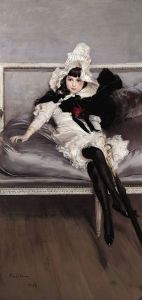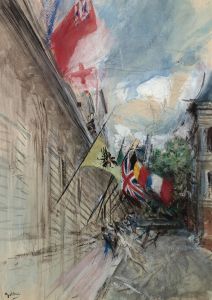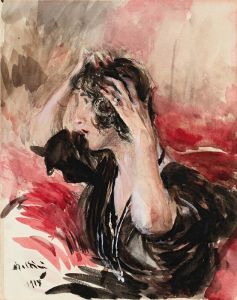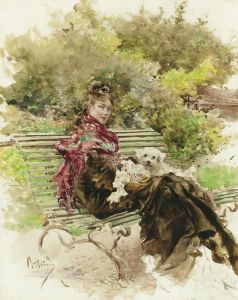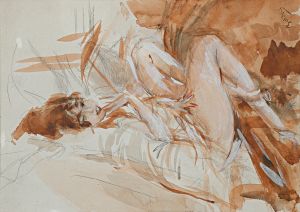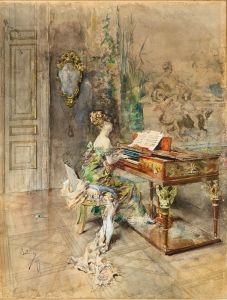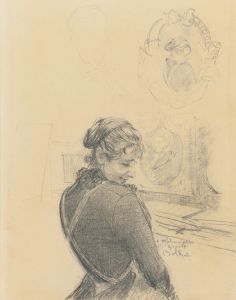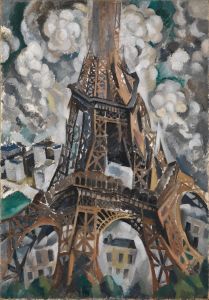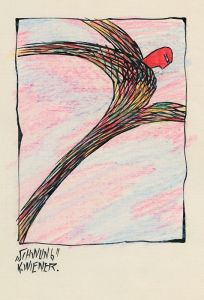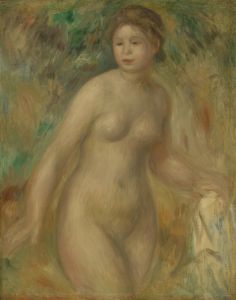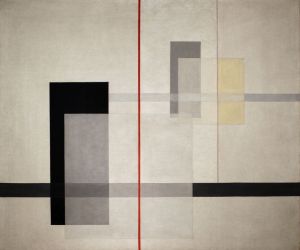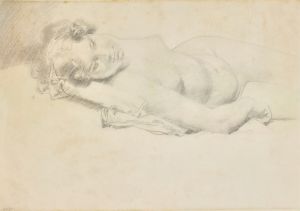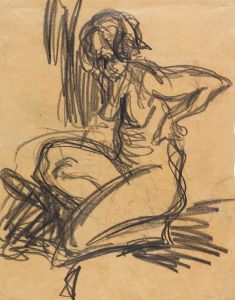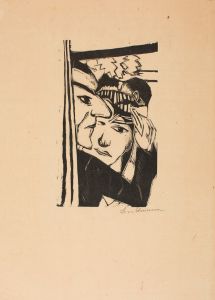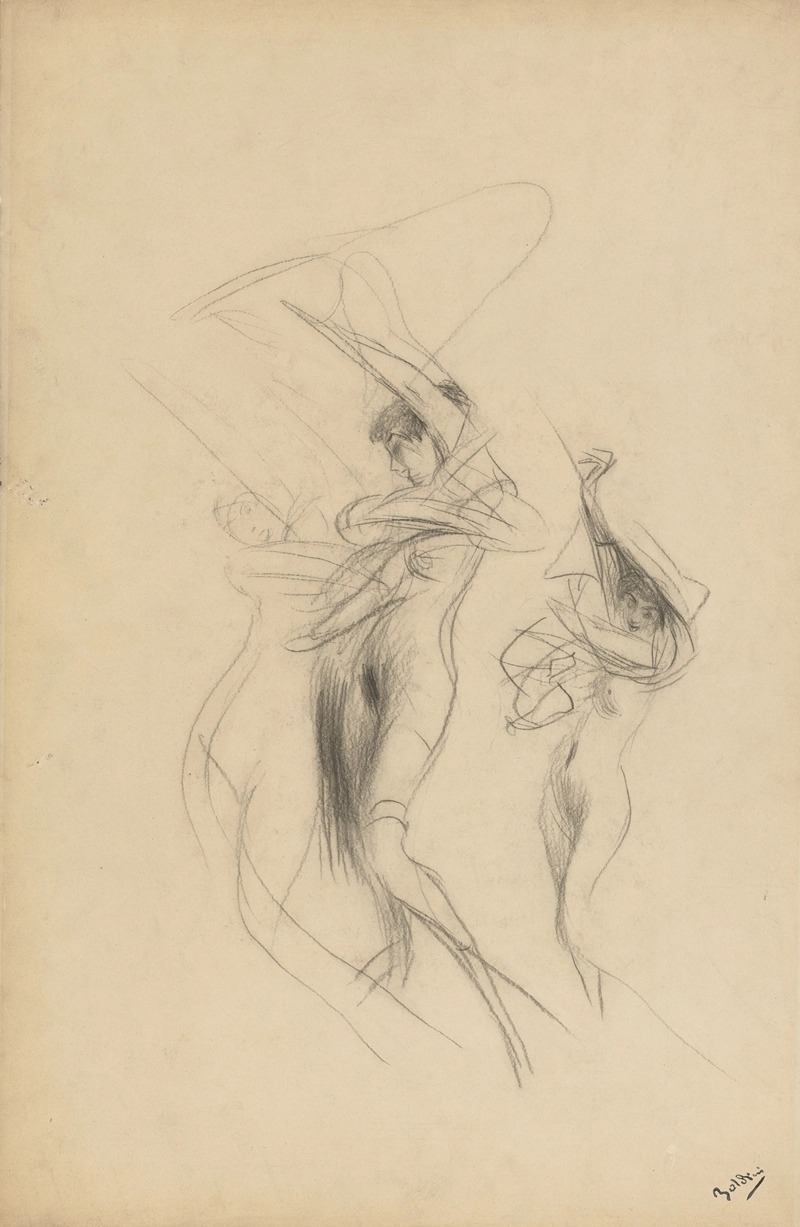
Study of Dancing Nudes
A hand-painted replica of Giovanni Boldini’s masterpiece Study of Dancing Nudes, meticulously crafted by professional artists to capture the true essence of the original. Each piece is created with museum-quality canvas and rare mineral pigments, carefully painted by experienced artists with delicate brushstrokes and rich, layered colors to perfectly recreate the texture of the original artwork. Unlike machine-printed reproductions, this hand-painted version brings the painting to life, infused with the artist’s emotions and skill in every stroke. Whether for personal collection or home decoration, it instantly elevates the artistic atmosphere of any space.
"Study of Dancing Nudes" is a painting by the Italian artist Giovanni Boldini, known for his dynamic and elegant portraiture. Boldini, born on December 31, 1842, in Ferrara, Italy, was a prominent figure in the late 19th and early 20th centuries. He spent a significant part of his career in Paris, where he became associated with the Belle Époque, a period characterized by cultural flourishing and artistic innovation.
Boldini's "Study of Dancing Nudes" exemplifies his mastery in capturing movement and the human form. The painting features a group of nude female figures engaged in a dance, their bodies rendered with fluidity and grace. Boldini's technique is notable for its loose, expressive brushwork, which conveys a sense of spontaneity and energy. This approach allows the viewer to almost feel the motion of the dancers, as if they are caught in a fleeting moment of exuberance.
The composition of "Study of Dancing Nudes" is carefully balanced, with the figures arranged in a way that guides the viewer's eye across the canvas. Boldini's use of light and shadow enhances the three-dimensionality of the bodies, giving them a sculptural quality. The background is often kept minimal, focusing attention on the figures and their dynamic poses.
Boldini's ability to depict the human form with such vitality can be attributed to his extensive training and influences. He studied at the Academy of Fine Arts in Florence, where he was exposed to the works of the Old Masters. His early work shows the influence of artists like Diego Velázquez and Frans Hals, known for their realistic and lively portraits. Boldini's move to Paris in 1871 marked a turning point in his career, as he became part of the vibrant artistic community that included contemporaries such as Edgar Degas and John Singer Sargent.
Throughout his career, Boldini was celebrated for his portraits of high society figures, capturing the elegance and sophistication of his subjects. His works were highly sought after, and he received numerous commissions from wealthy patrons. Despite his success as a portraitist, Boldini also explored other themes, including genre scenes and studies of the nude form, as seen in "Study of Dancing Nudes."
"Study of Dancing Nudes" reflects Boldini's fascination with movement and the beauty of the human body. The painting is a testament to his skill in capturing the essence of his subjects, whether in a formal portrait or a more informal study. Boldini's work continues to be admired for its technical brilliance and the sense of life and vitality that it conveys.
Giovanni Boldini passed away on January 11, 1931, in Paris, leaving behind a legacy of remarkable artworks that continue to be celebrated and studied. His contributions to the art world, particularly his innovative approach to portraiture and his dynamic representations of the human form, have secured his place as one of the leading artists of his time.





